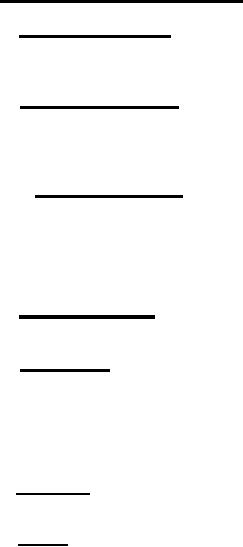 |
|||
|
|
|||
| ||||||||||
|
|  MIL-C-60813( AR)
4.4 Test methods and procedures.
4.4.1 Bullet extraction.- The cartridges shall be tested in an approved
bullet extractor machine. The rate of travel of the test head shall be not
less than three nor more than six inches per minute.
4.4.2 Bullet sensititity.- Each cartridge of the test sample shall be
dropped from a height of 50 feet through a one inch nominal diameter tube in
such a manner that the tip of the bullet shall strike normal on a flat rigid
steel plate.
4.4.2.1 Alternate method.- The alternate method shown in the bullet
sensitivity section of the IEL may be used. The bullets shall be extracted
from the cartridge cases and inserted into the bullet holder. The pressure
of the air gun used shall be adjusted so that the bullet holder assembly is
propelled at a velocity of 55-5 feet per second, at the point of striking
normal on a flat rigid steel plate.
4.4.3 Residual Strress (Mercurous nitrate). The test shall be conducted
in accordance with TECP 700-700, Vol. III.
4.4.4 Waterproof.- The cartridges (not exceeding five at a time) shall
be placed horizontally under a 2 to 2 inch head of freshly boiled water in
a glass container and the container shall be evacuated to a pressure of 7
pounds per square inch (15 inches of mercury) below atmospheric pressure
and held at that pressure for 30 seconds. The number of bubbles liberated
from the mouth or primer or both of each cartridge. shall be observed.
4.4.5 Accuracy.- The test shall be conducted in accordance with TECP
700-700, Vol. III.
4.4.6 Trace.- The test shall be conducted in accordance with the methods
and proceedures of TECP 700-700, Vol. III, and the following: Observation for
trace performance shall be conducted on a range of at least 1500 yards length.
All trace testing shall be performed at night. Observation for trace per-
fomance shall be made at the weapon and at points 100 yards and 1500 yards
beyond the muzzle of the gun on a line parallel to and approximately 75 yards
from the plane of the trajectory. Lights or other suitable visible markers
shall be placed opposite the 100 and 1500 yard observing points to insure a
line of sight from each point perpendicular to the plane of the trajectory.
The ammunition shall not be conditioned to temperature but shall be fired
under existing conditions. Three cartridges shall be fired to sight, warm
and foul each weapon prior to the test. The sample cartridges shall bebfired
in regular sequence permitting sufficient time between shots for each observer
to record trace characteristics at each observation point. Each cartridge
shall be considered as a defective once only in the event if fails at more
than one observation point. Observations for trace performance shall be as
follows:
10
|
|
Privacy Statement - Press Release - Copyright Information. - Contact Us |